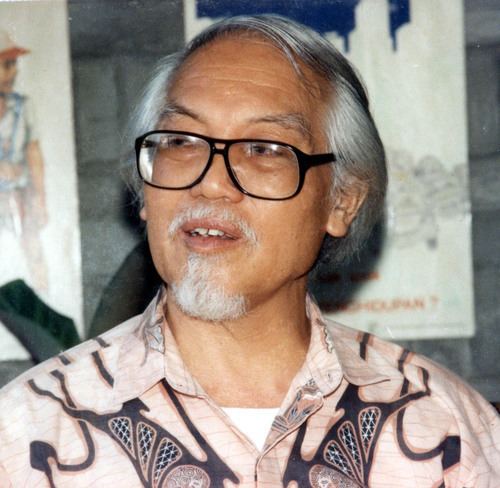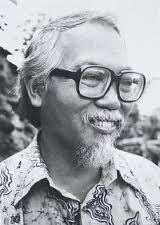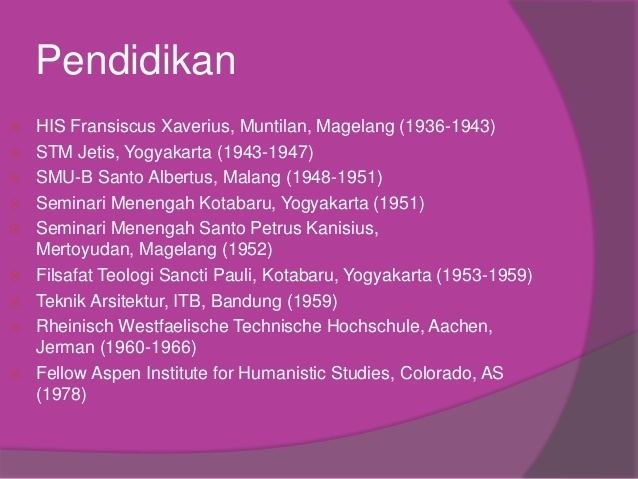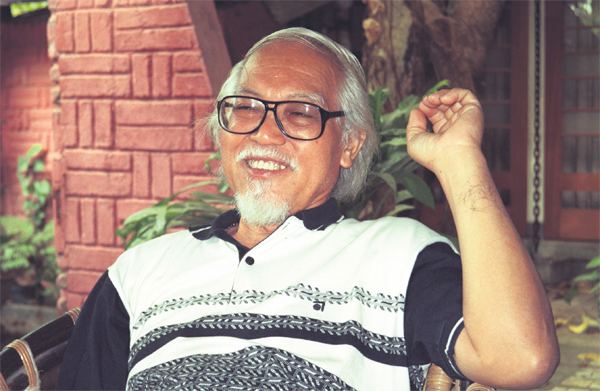Nationality Indonesian Role Architect Name Y. Mangunwijaya | Genre Fiction, Non-Fiction Period 20th century Books Durga/Umayi | |
 | ||
Occupation Architect, Writer, Religious Leader Died February 10, 1999, Jakarta, Indonesia | ||
Learning From The Master - Y B Mangunwijaya
Yusuf Bilyarta Mangunwijaya (Ambarawa, Central Java, May 6, 1929 – Jakarta February 10, 1999), was an Indonesian architect, writer, and Catholic religious leader. He was popularly known as Romo Mangun (Father Mangun).
Contents
- Learning From The Master Y B Mangunwijaya
- Biography
- Awards
- Architectural projects
- Novels
- Novels translated into English
- Anthologies of essays and short stories
- Others
- Literatures on Romo Mangun
- References

Biography

Romo Mangun was the son of Yulianus Sumadi and Serafin Kamdaniyah. At the age of sixteen, he joined the People's Security Army during the Indonesian National Revolution and was shocked by the way the troops treated the villagers. In 1950, upon hearing a speech about the harmful effects of the revolution on civilians by one of the commanders, Major Isman, he decided to serve as a priest. He was ordained in 1959, while studying philosophy and theology at the "Institut Sancti Pauli" in Yogyakarta. He continued to study architecture in Aachen, Germany, and at the Aspen Institute of Humanistic Studies in Aspen, Colorado.

He was the author of many novels, short stories, essays and non-fiction works. He produced many anthology of novels such as Ikan-ikan Hiu, Ido, Homa (The Sharks, Ido, Homa), Roro Mendut, Durga/Umayi, Burung-Burung Manyar (The Weaverbirds), and his essays were published in various newspapers in Indonesia. His work, Sastra dan Religiositas (Literature and Religiosity) was awarded as the best non-fiction book in 1982, while his novel The Weaverbirds received the Ramon Magsaysay Award in 1996.
His disappointment with the Indonesian educational system triggered him to explore alternative systems that led to the establishment of the Foundation for Elementary Education Dynamics in 1987. He had also set up an explorative elementary school for the community that was displaced by the development of the Kedung Ombo reservoir in Central Java, as well as the poor in the Code River, Yogyakarta.
Romo Mangun was known as the father of modern Indonesian architecture. In 1992, he received the Aga Khan Award for Architecture for his work on the slum dwellers by the riverbank Code in Yogyakarta. He also received The Ruth and Ralph Erskine Fellowship in 1995, as recognition of his dedication to the less privileged. His work on the houses of the poor along the banks of the Code River contributed towards Mangunwijaya becoming one of Indonesia's most renowned architects. According to Erwinthon P. Napitupulu, the author of a book on Mangunwijaya, due to be published at the end of 2011, Mangun heads the list of the top 10 Indonesian architects.
Romo Mangun's dedication to helping those who were poor, oppressed and marginalised by politics through an "outcry of the voice of conscience" made him a strong opponent of the Soeharto regime.
